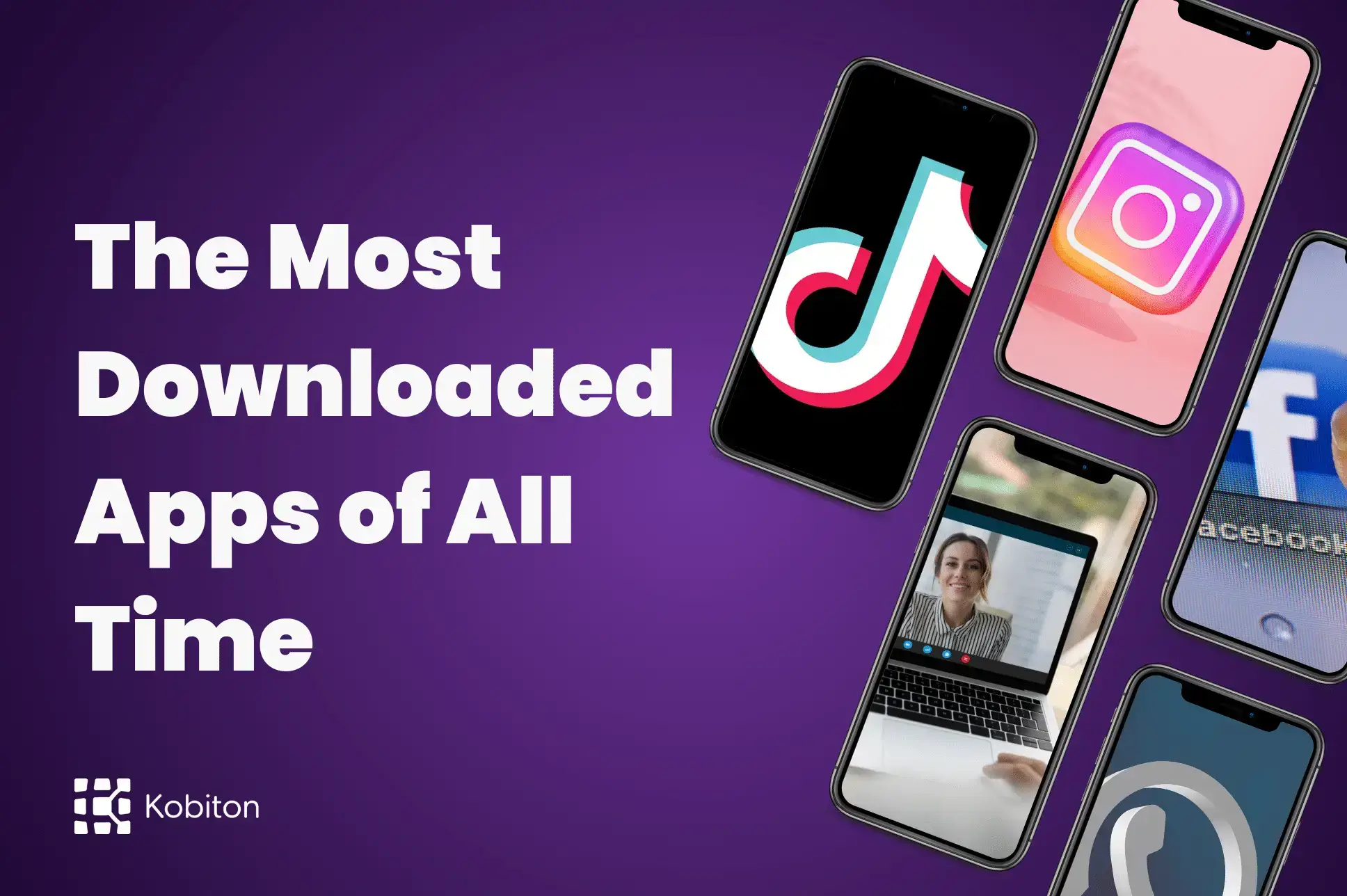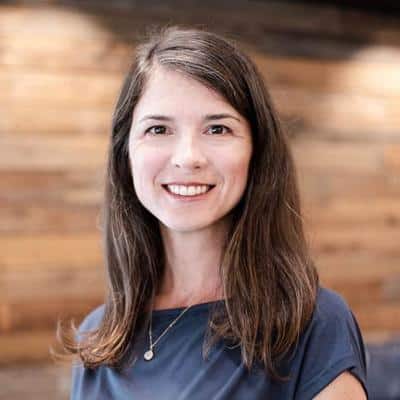
The Most Downloaded Apps of All Time

Erin Bailey
As mobile accessibility becomes the go-to channel for enterprise organizations to reach their audience, It’s more important than ever to ensure your mobile apps are being released faster while improving quality and engagement.
At the Mobile Testing & Experience Summit, Kobiton helped to bring the best and brightest minds in the mobile application development space together. Each session was designed to inform, inspire, and engage the attendees to achieve greater levels of success in their daily objectives.
The following is a recap of a presentation by David Dame, which introduced and reinforced key concepts related to continuous accessibility. As Senior Director of Product Accessibility at Microsoft, Dame is leading the accessibility portfolio for Surface Products aligning with Windows and product innovation roadmaps to empower users of all abilities.

“Let’s be honest,” David Dame recalls his dad telling him, while he was in high school. “You’re not going to be a fireman, a police officer, or a construction worker.”
It was 1971. David, who has cerebral palsy, goes on to share that his father then added, “Do you know what else you’re not going to be? Living under my roof for free the rest of your life. So you’d better figure it out.”
A tough conversation, to be sure. And it was decades before anyone would be able to wrap their head around a concept like accessibility in mobile app testing.
“I couldn’t have been born at any better time in history with a disability,” David says, today. “Because in about fourteen years there were going to be rights that would allow me to go to a normal school, get a university degree, and have a career. And there was gonna be this new thing called technology.”

In the 1990s, David says, he was the first one at work to get a computer on his desk while working at a major automotive company. It was a game changer.
“It was this new thing called the Internet, and I thought it was gonna be a big deal. So I designed a website where people could sign up for training, and the places that wanted to host it could sign up. What was taking me twelve hours a day (via manual paperwork), was now only taking me three hours a day.”
By addressing an issue in a way to help himself, the solution “made it better for everybody,” he says.
“But that was the start,” David continues. “The beauty is that technology was moving from less stationary, to more mobile.”
David is quick to remind us that many tech features we all use were first developed to assist those with special needs.
“Voice commands were originally made for someone like me,” he says. “With mobile or dexterity challenges, where we used it to really dictate large volumes of texts, to get content. Even texting — texting was originally made for deaf people to have conversations.
“And I bet half the people here today use audiobooks or podcasts,” he continues. “That was originally made for people that were blind. But now everybody uses audiobooks, when they can’t move their eyes from what they’re doing.”
David also brings up another pretty big benefit of accessibility: the financial impact it can have. “The return on investment, when you design for accessibility,” he says, is significant.
“You’re extending your user base, and you’re getting to reach more and more more and more users,” he says, adding that in 2030, a projected two billion people will identify as having a disability.
“Two billion people,” he repeats. “Let’s think about that. That’s two billion customers; that’s two billion users.”
To put it another way, David explains, if we found another country on the planet with two billion people, and we hadn’t yet sold them hardware or software, “we would instantly be going up to that market right away.”
“Let’s think back to the 1970s, ‘80s, and ‘90s,” David says. “There was a time where there weren’t even ramps to get into buildings. Architecture was terrible. And you know what? You even had to get off the chair to turn your own channel — it was before remote controls.
“But the world was about to change,” he says.
That change brought about more inclusive and accessible environments, which have revolutionized the way workplaces operate.
We know that innovation solves problems that we don’t know exist yet, David says. That’s why measures to improve mobile accessibility testing should also be continuous.
Ultimately, it allows organizations to “build a more resilient team,” David says, one with “multiple perspectives, different experiences, new ideas, and a dynamic culture.”
And, of course, there’s the bottom line.
“If we don’t think about building for inclusive accessibility, we’re leaving two billion people – two billion potential customers – to the side,” David says. “That’s money which we could be having,” then points to the importance of continuous accessibility as it pertains to workforce diversity.
“We’re going to see where the power of diversity will be crucial.”
“If accessibility is the solution, then disability is the opportunity.”
In his role as Senior Director of Product Accessibility, David Dame is leading the accessibility portfolio for Surface Products aligning with Windows and product innovation roadmaps to empower users of all abilities. Dave is a leadership coach, enterprise agile product leader and trainer with over 20 years of experience, which he leverages to drive large-scale transformation in complex organizations.
To enjoy the full program, watch MTES on-demand.